8 days Christian Pilgrimage tour for Brunei Customer
Number of traveller : 23 persons, including a Priest
Schedule : October 7 to 14, 2024
Transportation : Chartered bus
Tour attendant : English speaking tour guide
Where to visit : Nagasaki, Sotome, Shimabara, Unzen, Hirado, Fukuoka, Tokyo
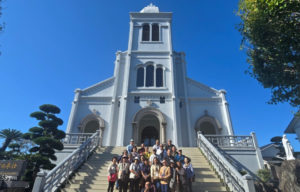 |
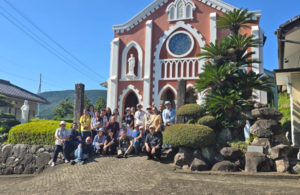 |
 |
What our Customer have to say
Dear Takako,
Thank you for all the good arrangements. The hotels and food were outstanding.
Even the special meal requests were catered for.
Coaches and all services were punctual. We had a very resourceful guide and
Shuji San has shared with us a wealth of information.
Be assured we will contact you again for next year trip.
posted on October 18, 2024
Maple Yaba Cycling Road, in Oita-prefecture
Maple Yaba Cycling Road is a bicycle path that uses the abandoned Yabakei
Railway line and was established in 1982. As it uses the old railway line,
the gradient is gentle and it is a recommended cycling course for beginners.
You can enjoy many scenic spots such as the autumn leaves and the “Ao no Cave
” made famous by Kikuchi Kan’s “Beyond Gratitude and Revenge”, and it is a
cycling road with a wide variety of routes including tunnels and iron bridges that
use the old railway line.
 |
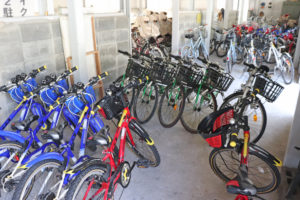 |
 |
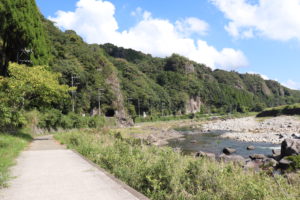 |
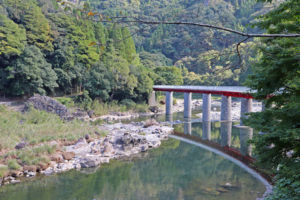 |
 |
 |
 |
 |
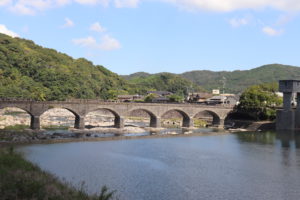 |
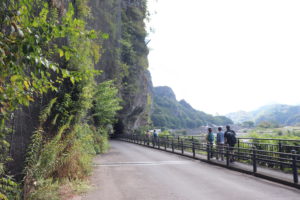 |
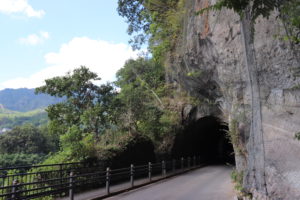 |
 |
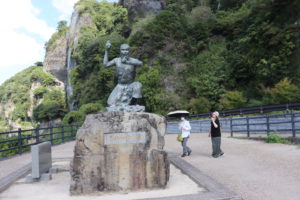 |
 |
posted on October 14, 2024
Akizuki Autumn leaves, Fukuoka-prefecture
Akizuki is a former Castle town located in northern part of Asakura, Fukuoka-prefecture.
It is a famous spot for Autumn leaves.
You can enjoy the harmony of countryside landscape and former castle town scenery
that makes the atmosphere like a time of 400 years ago.
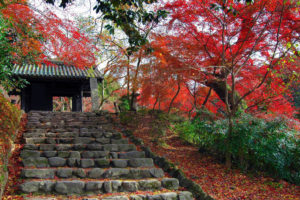 |
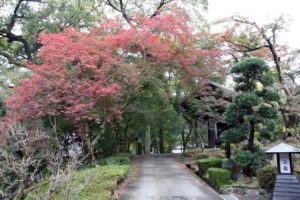 |
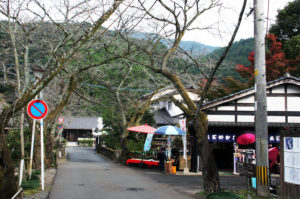 |
Autumn leaves in Unzen, Nagasaki-prefecture
End of October to early November, Autumn leaves in Unzen included Nita pass,
Nagasaki-prefecture can be enjoyed.
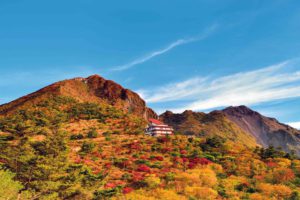 |
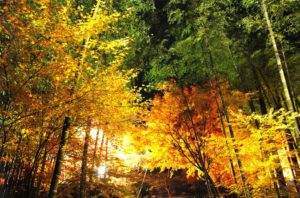 |
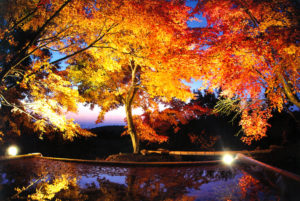 |
Autumn in Japan
Autumn season in Japan starts in October.
Cluster amaryllis and Cosmos can be seen anywhere in the country side.
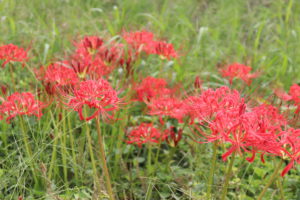 |
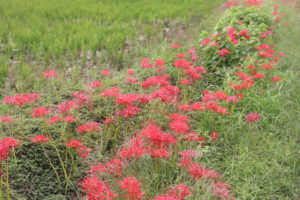 |
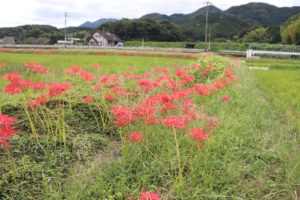 |
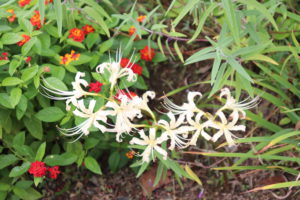 |
 |
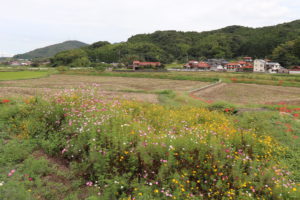 |
Itoshima, in Fukuoka-prefecture
Itoshima is located next to Fukuoka-city, the north side is facing Genkai Sea and has intricate
coastline created by dynamic wave.
The plain and several low mountains between the coastline in the north and Seburu mountain
range in the south create beautiful landscape.
The main industries are fishery and agriculture, including rice, fruits and flowers.
Sake rice is also cultivated and there are also Sake Breweries.
You can enjoy various cuisines such as sea food dish, oyster Barbecue, Sushi as well
as Ramen.
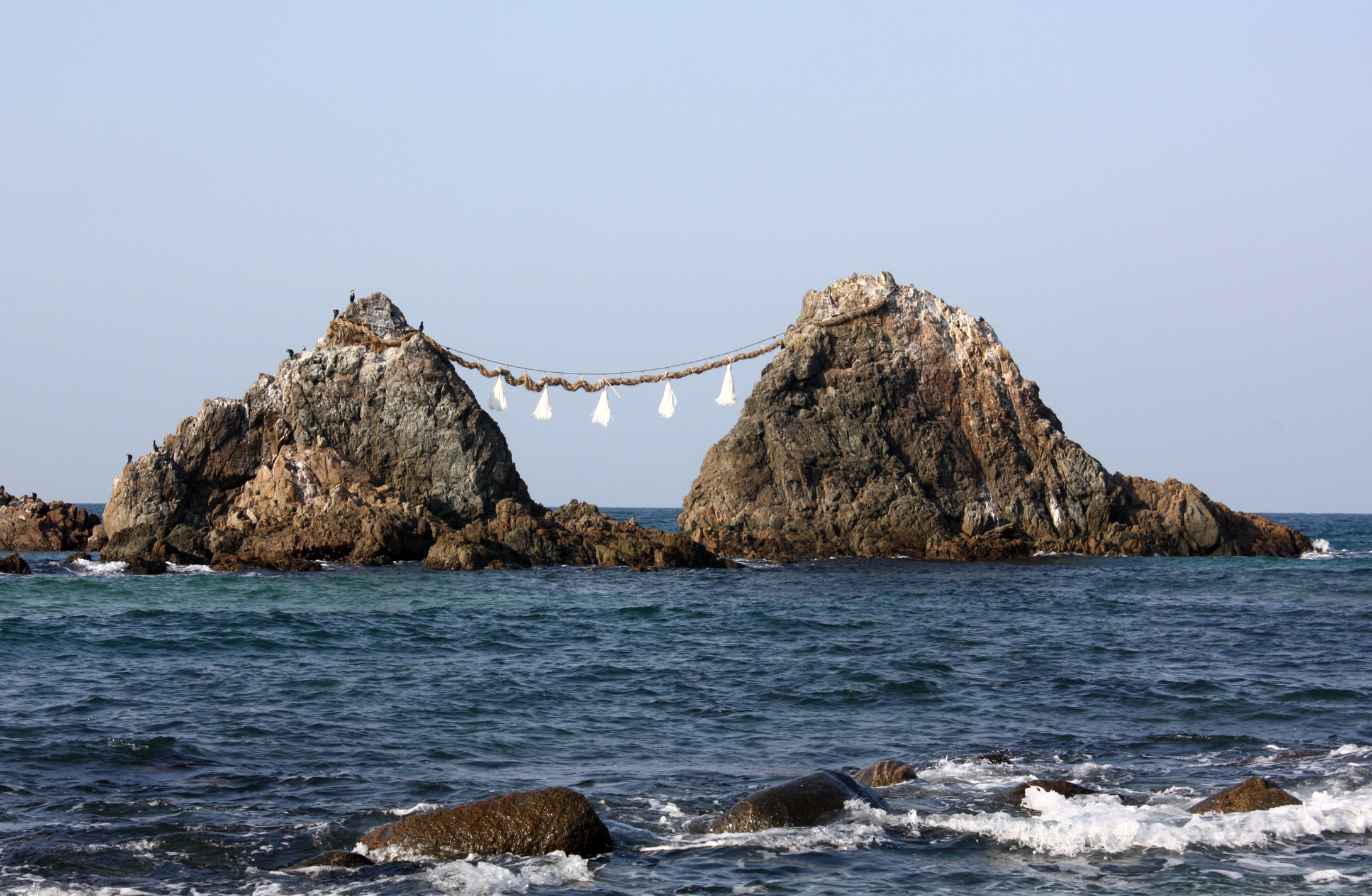 |
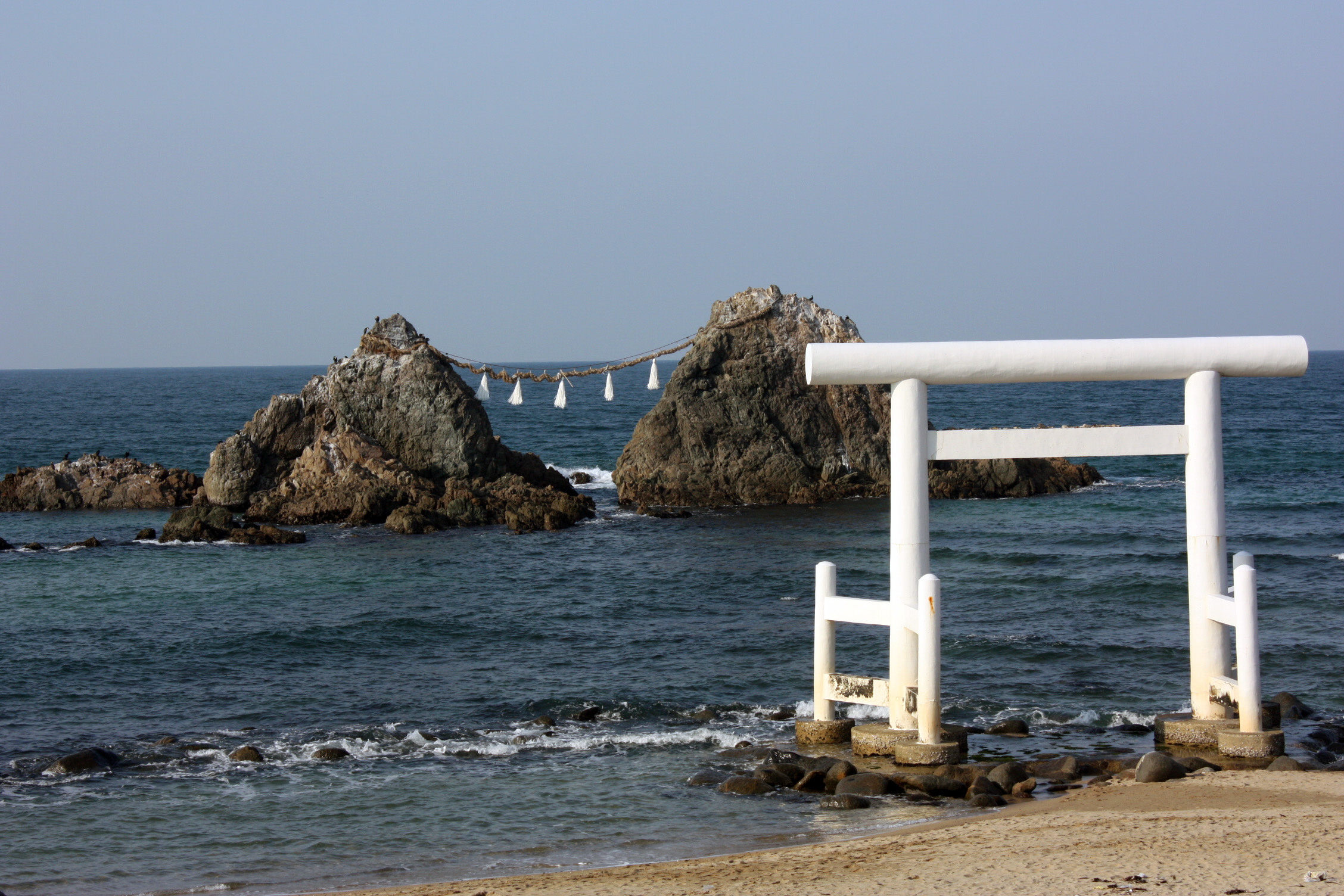 |
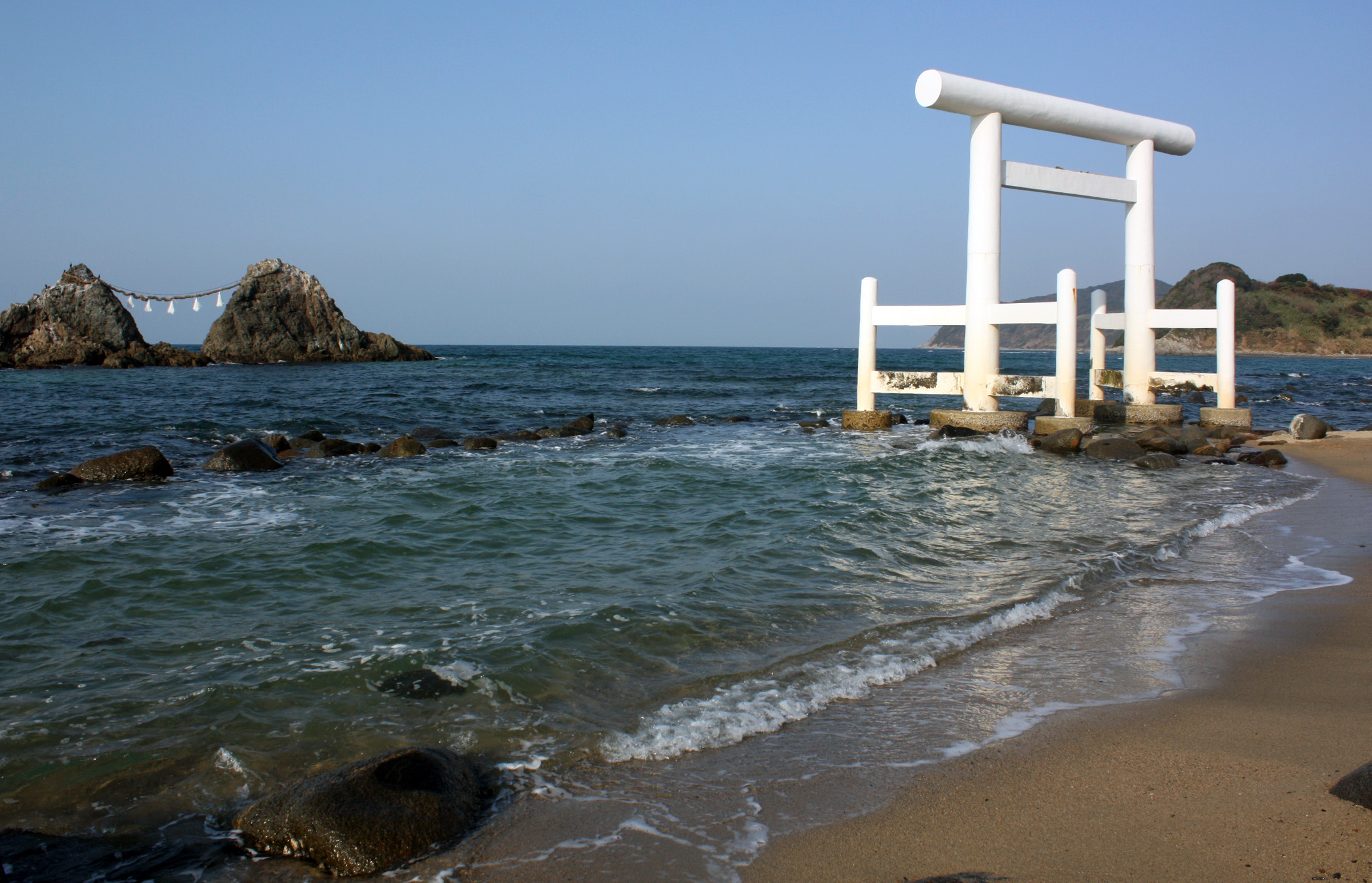 |
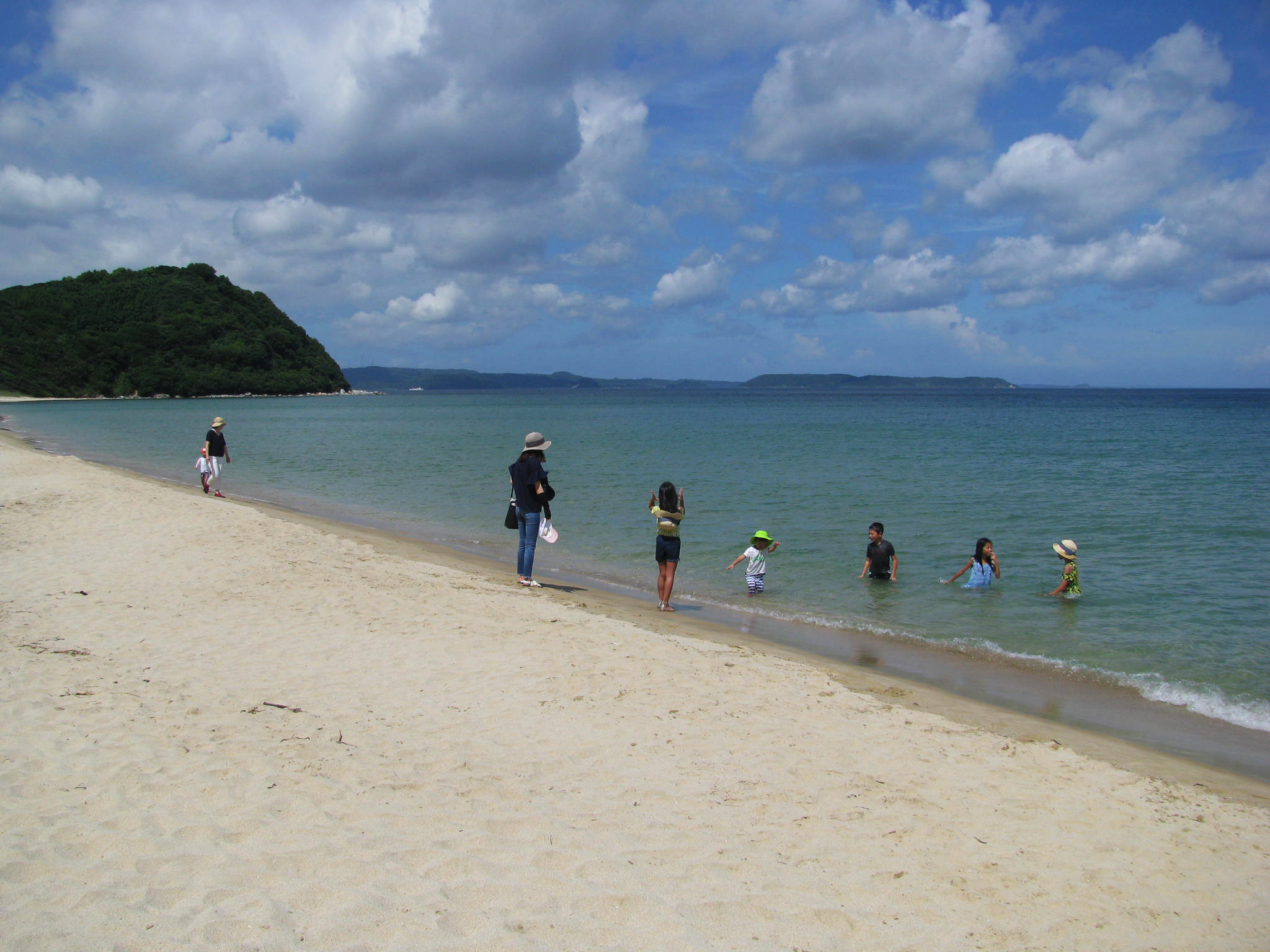 |
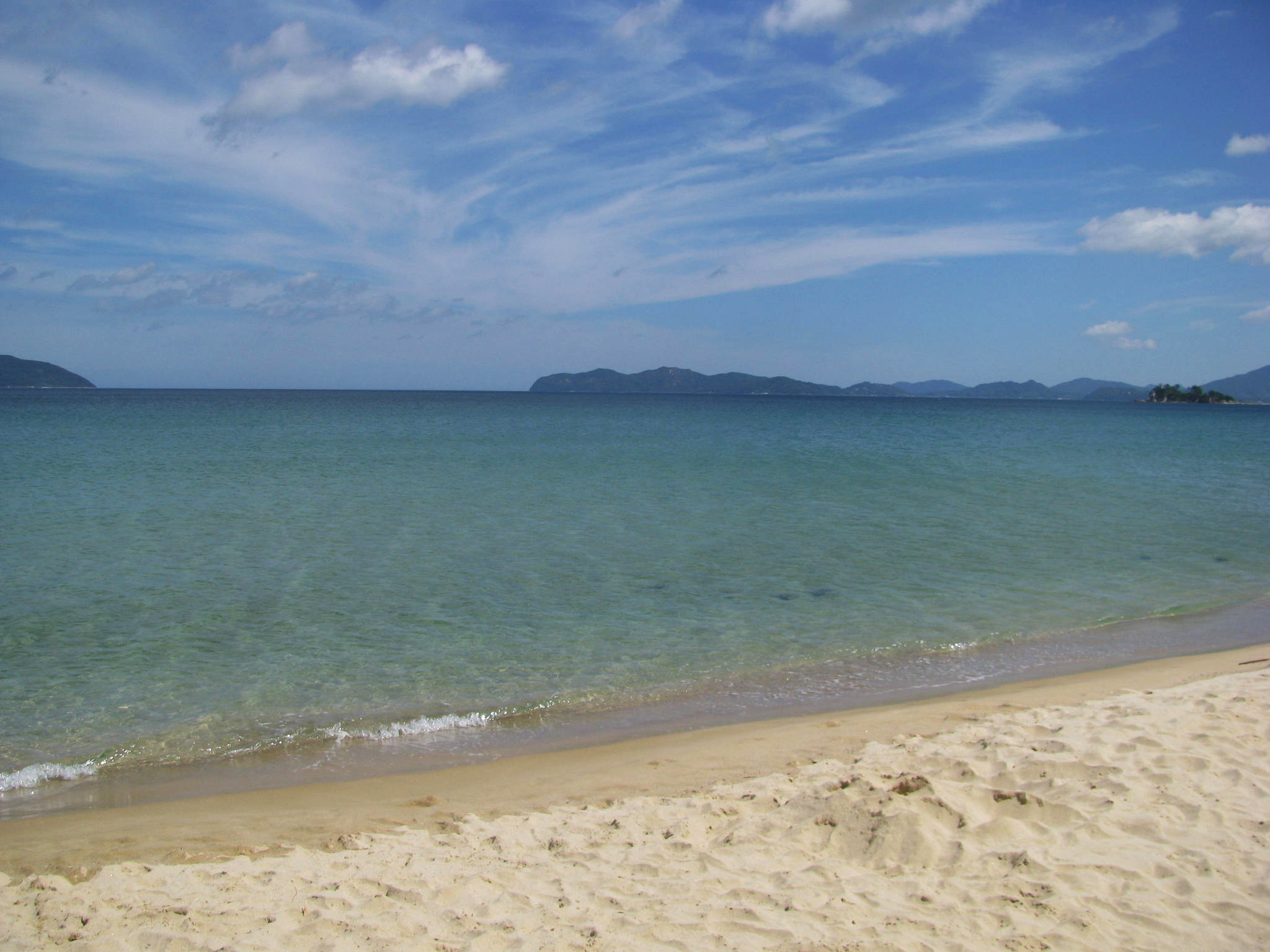 |
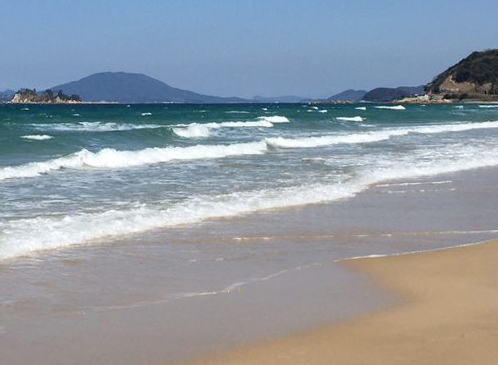 |
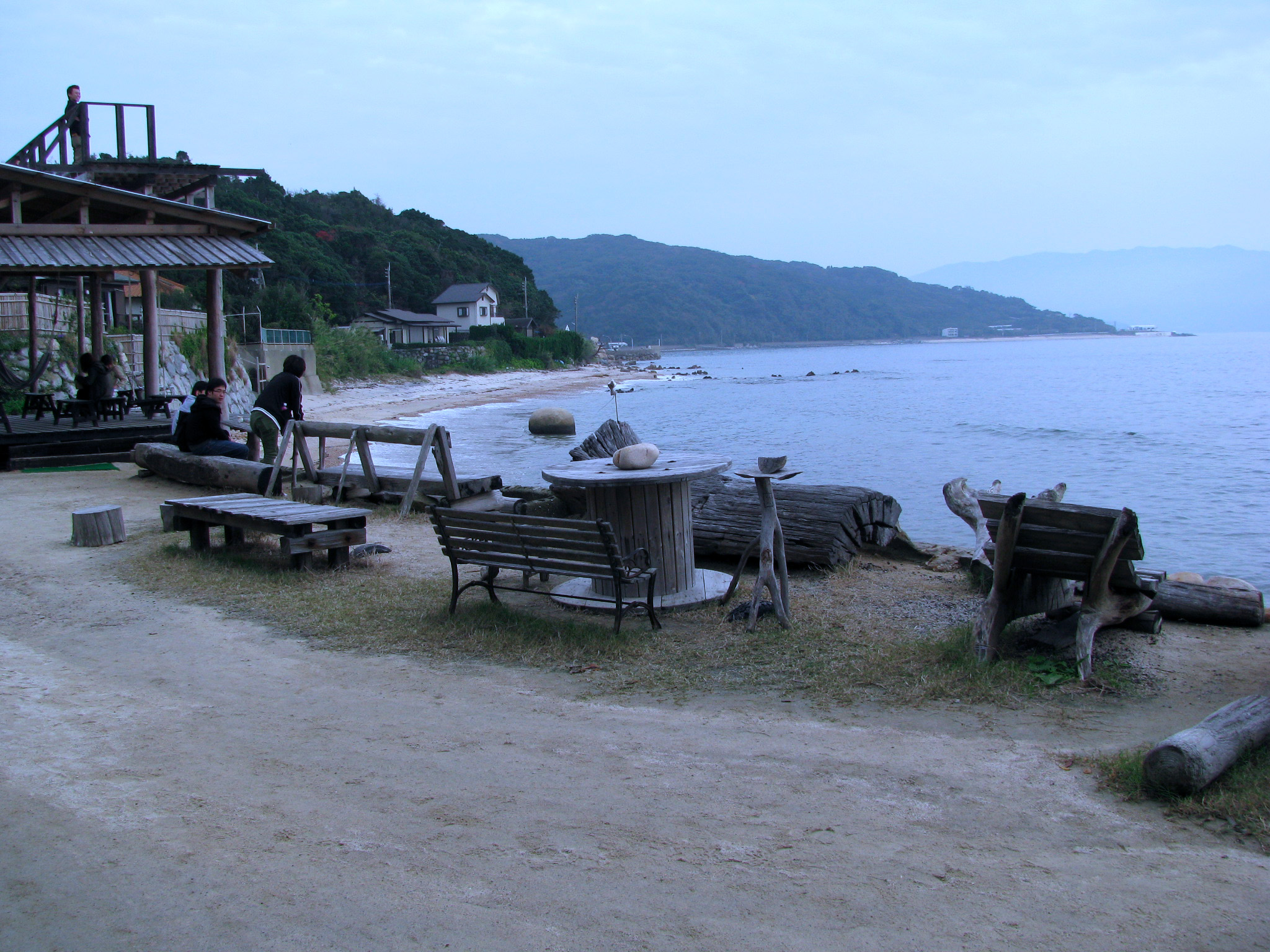 |
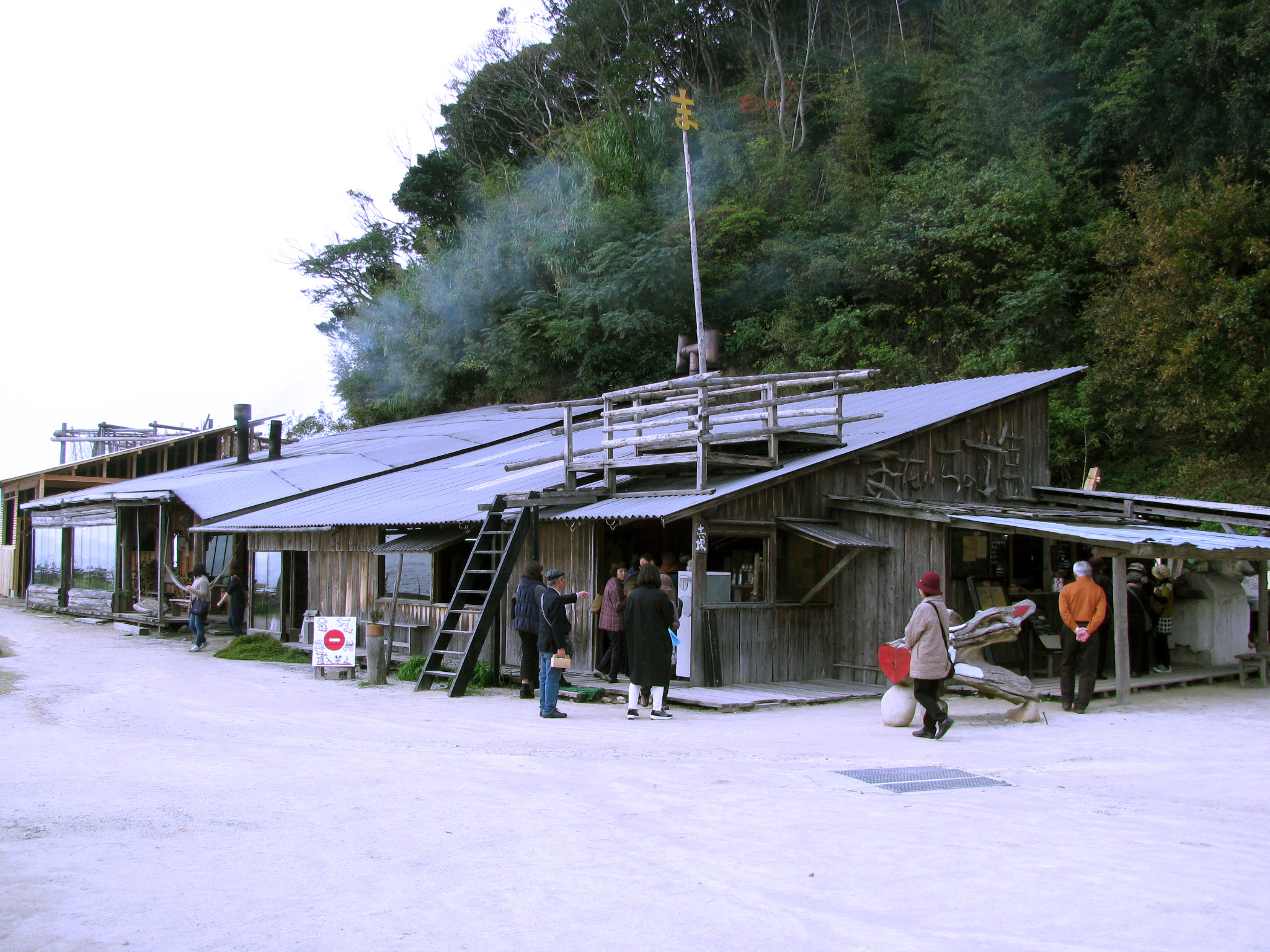 |
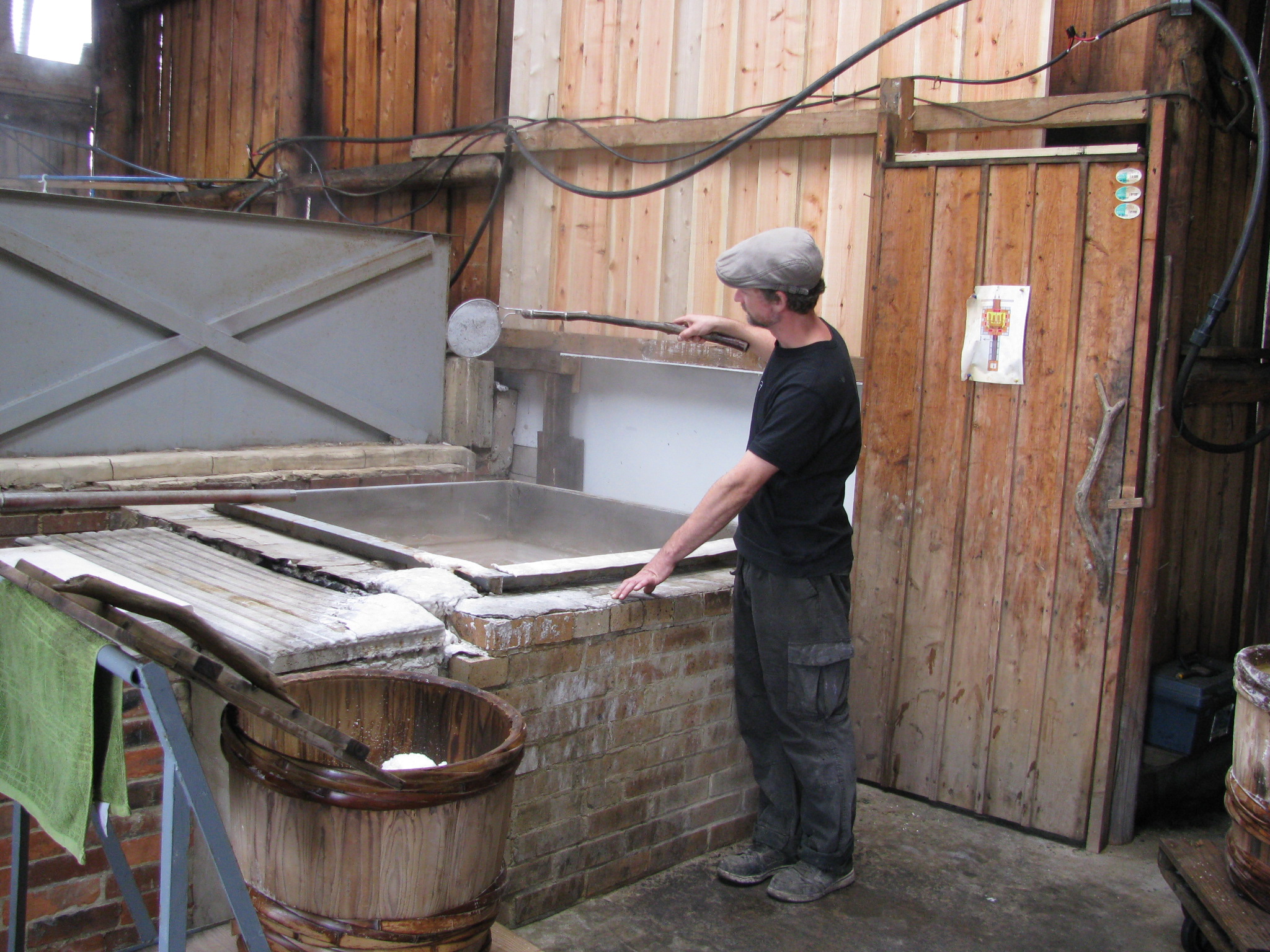 |
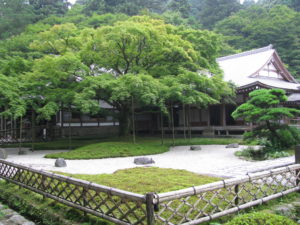 |
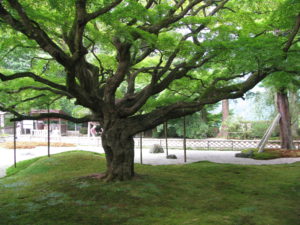 |
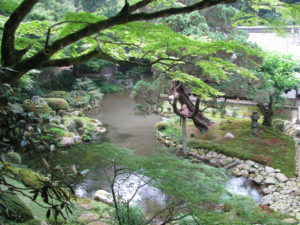 |
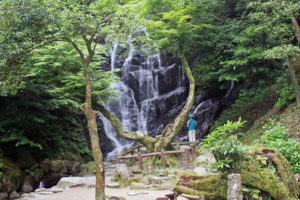 |
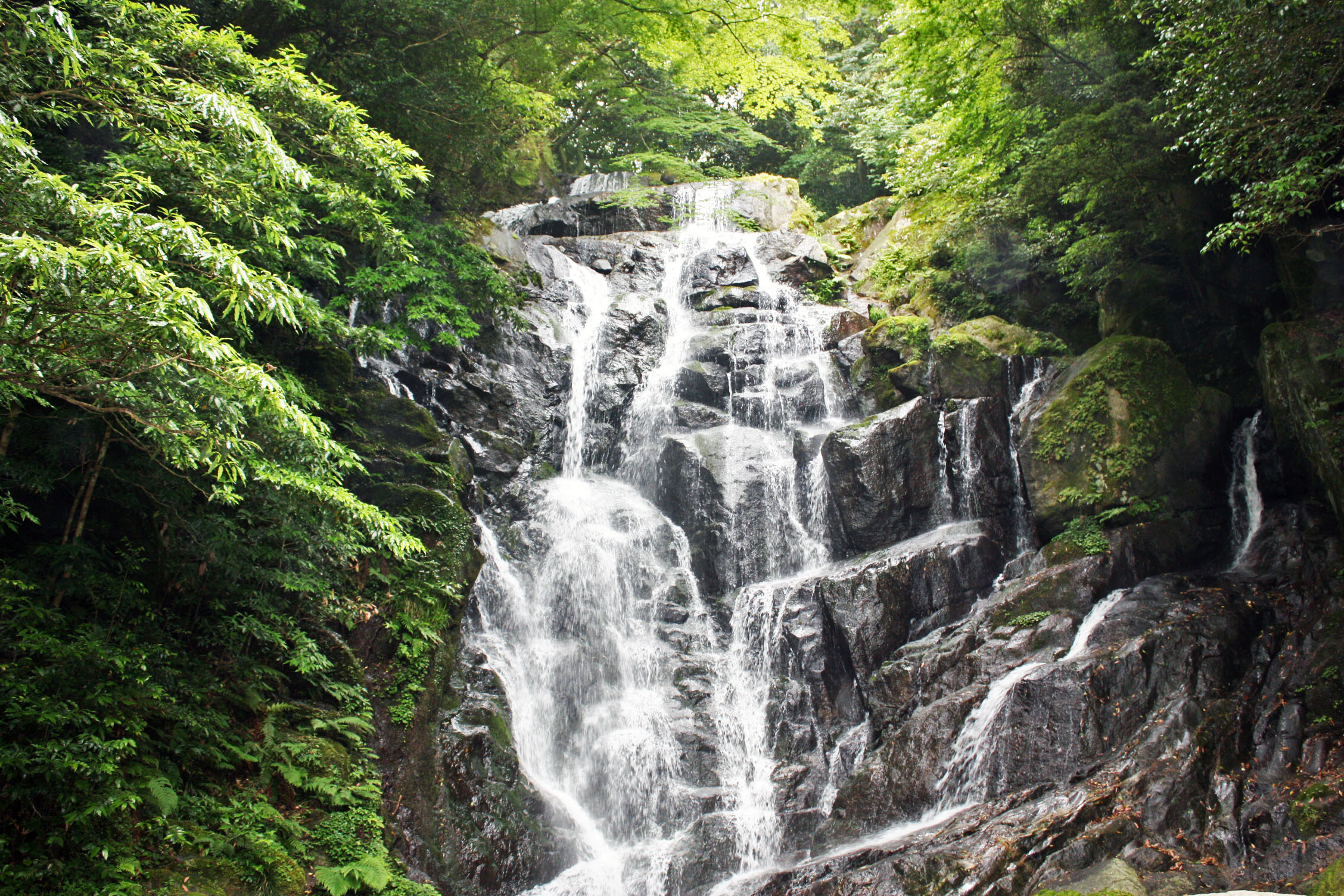 |
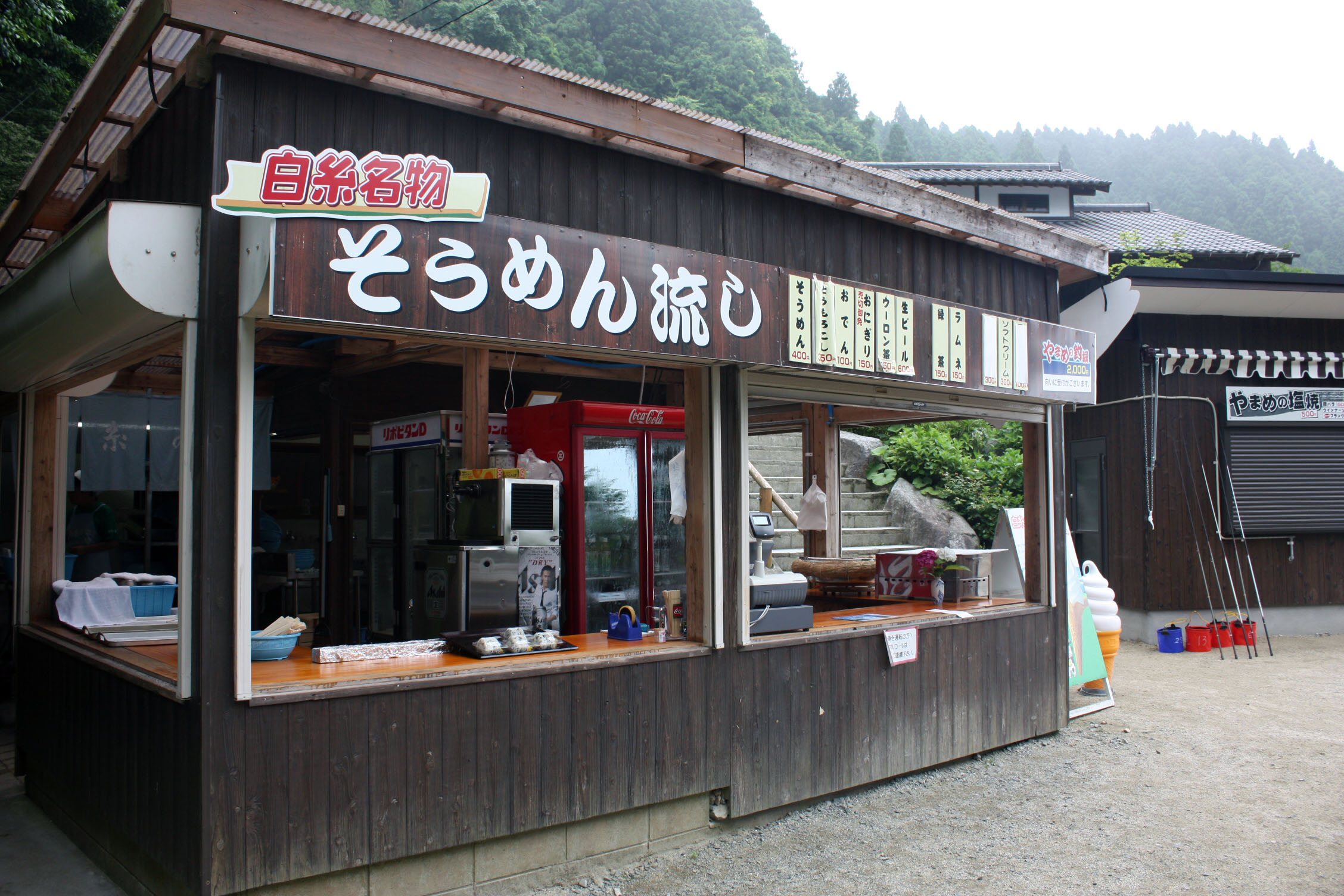 |
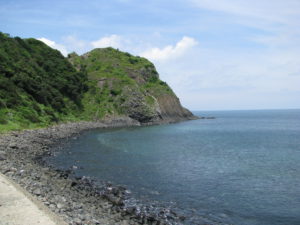 |
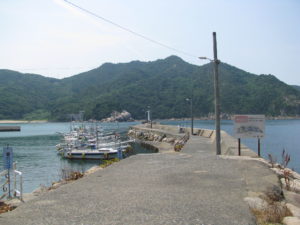 |
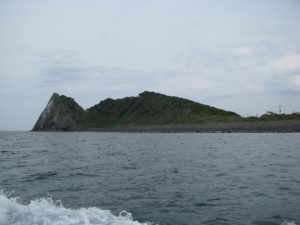 |
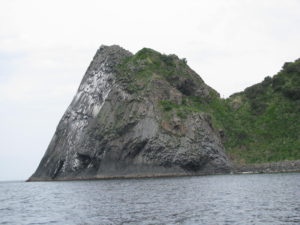 |
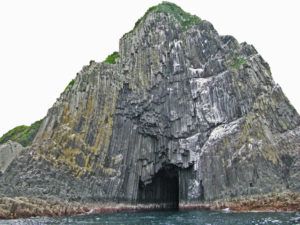 |
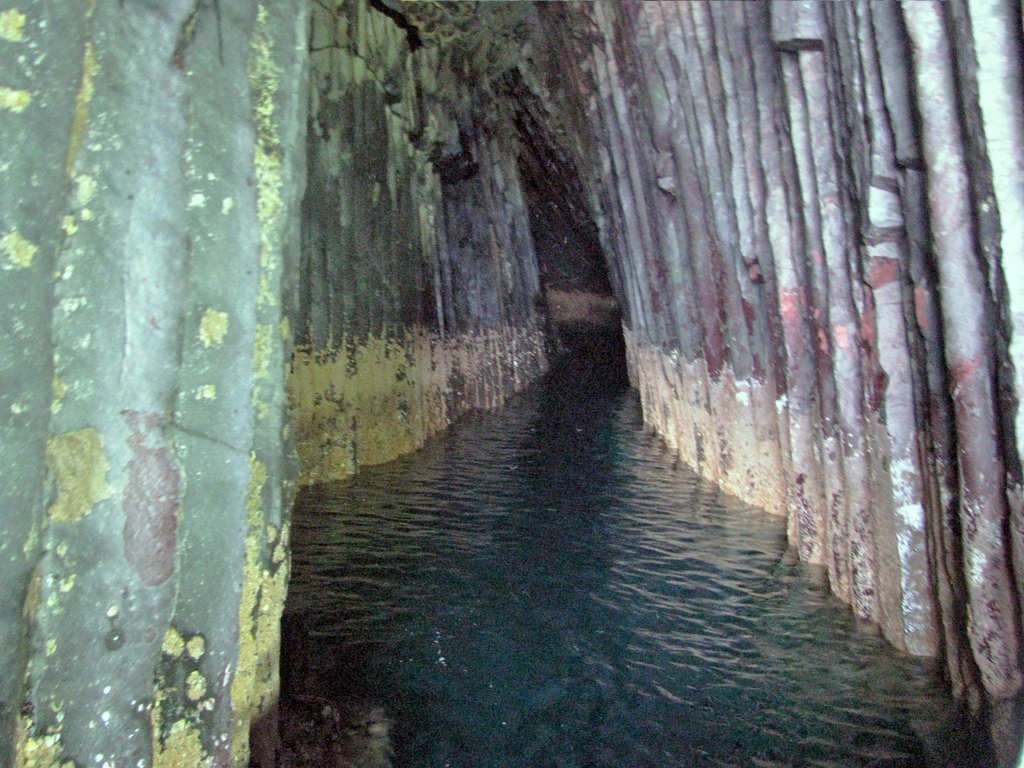 |
Samurai street and houses in Shimabara, Nagasaki-prefecture
Samurai was a term for the military nobility in pre-industrial Japan. The Samurai Houses in
Shimabara along the old Samurai street nearby Shimabara Castle were built in 18th century.
Three samurai houses, the Yamamoto residence, Shinozuka residence and Torita residence,
are opened to the public exhibiting the life style of old Samurai.
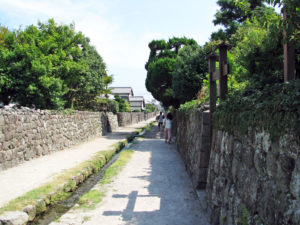 |
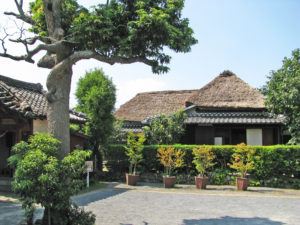 |
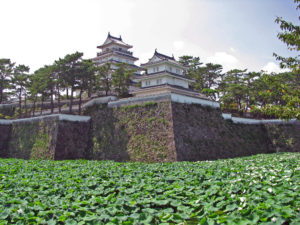 |
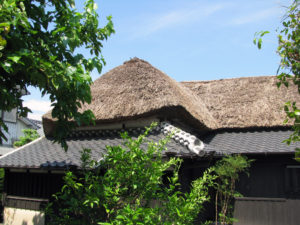 |
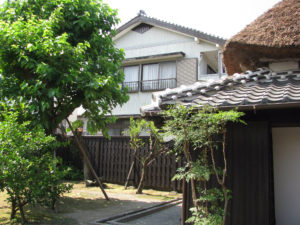 |
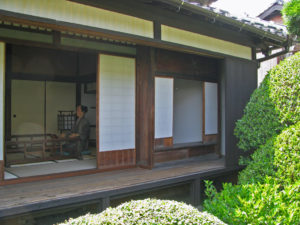 |
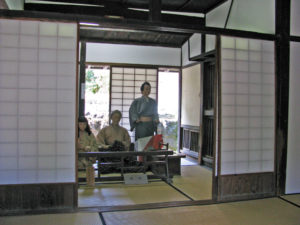 |
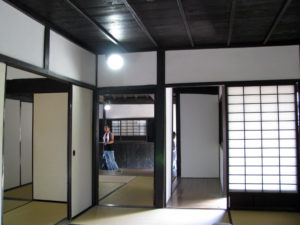 |
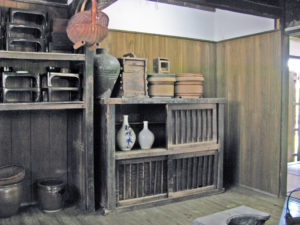 |
Kitakyushu-city, Fukuoka-prefecture
Kitakyushu is the 2nd largest city in Kyushu with a population of 920,00 and is located
at the northern tip of Kyushu. It is the gateway between Kyushu and Honshu and has
long between important location for industry shipping and land transport.
Kitakyushu was chosen for Japan’s modern steel industry from the 17 candidate locations
selected all over Japan and Steel works operation was started in 1901.
Since then the city greatly contributed to Japan’s Industrial modernization.
Kitakyushu possesses numerous natural wonders and tourist attractions.
Nature arears including Mt. Sarakura where is one of the most spectacular and dynamic
night views in the world can be seen, Hiraodai Karst Plateau & Cave, Kanmon strait as well
well as Wakamatsu North Coast.
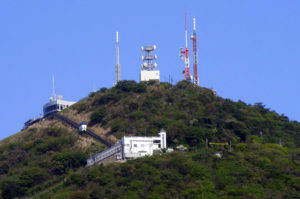 |
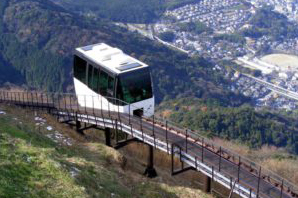 |
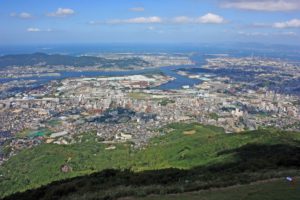 |
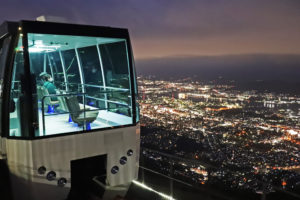 |
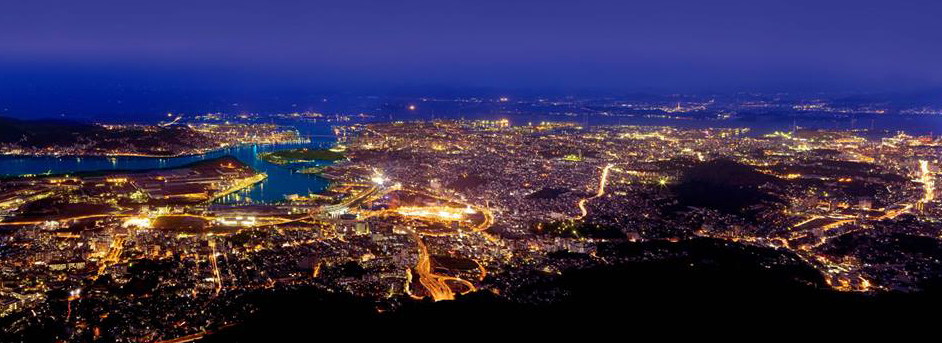 |
|
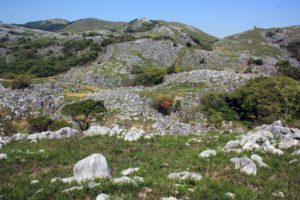 |
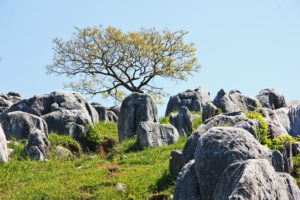 |
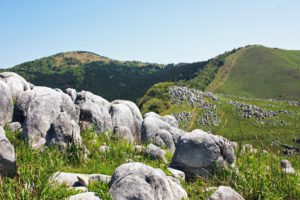 |
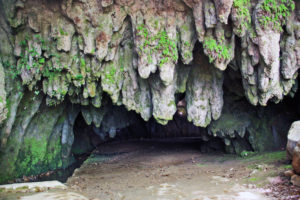 |
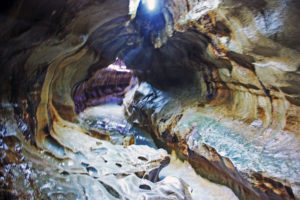 |
 |
 |
 |
 |
 |
 |
 |
 |
 |
 |
 |
 |
 |

6 days Golf tour for Singapore Customer
Number of traveller : 26 persons, 20 golfers and 6 non-golfers
Schedule : September 25 to 30, 2024
Transportation : Chartered bus
Tour attendant : English speaking tour attendant
Where to play : Golf at Kumamoto Kuko Country Club, Dazaify Country Club,
Fukuoka Century Golf Club
 |
 |
 |
What our Customer have to say
Masa san, Thank you very much for the arrangement, I believe most of us is very happy,
we thank you for assisting Shuji san our guide. He is fantastic.
Keya cave, in Itoshima, Fukuoka-prefecture
The most largest basalt cave in Japan. The entrance of the cave is 64 metre high and 10
metre width and the depth is 90 metre. It is designated as one of three major Basalt caves
in Japan.
 |
 |
 |
 |
 |
 |





